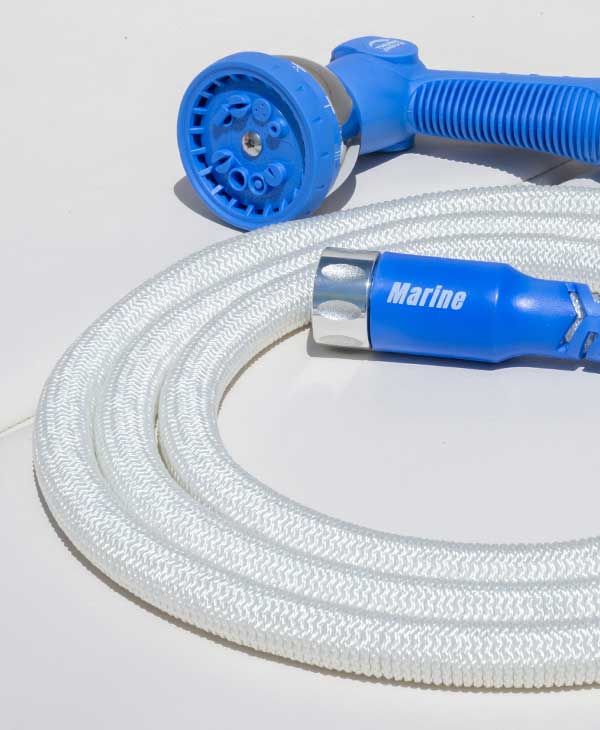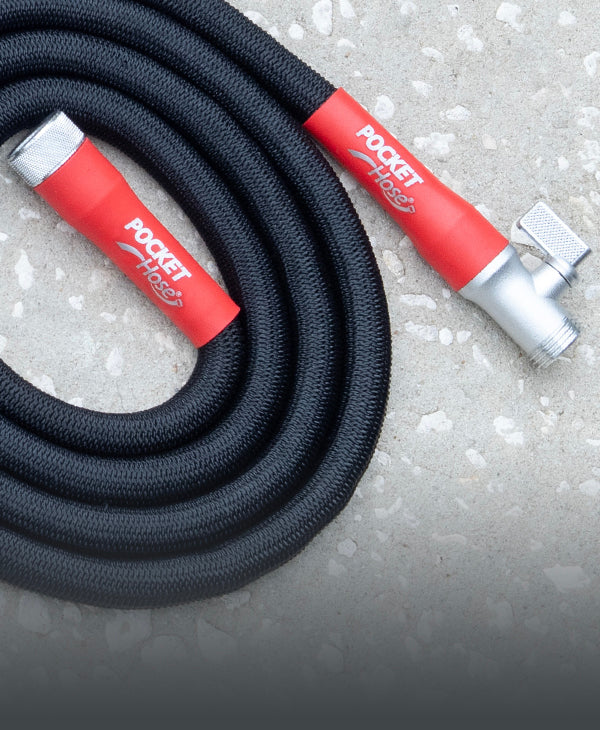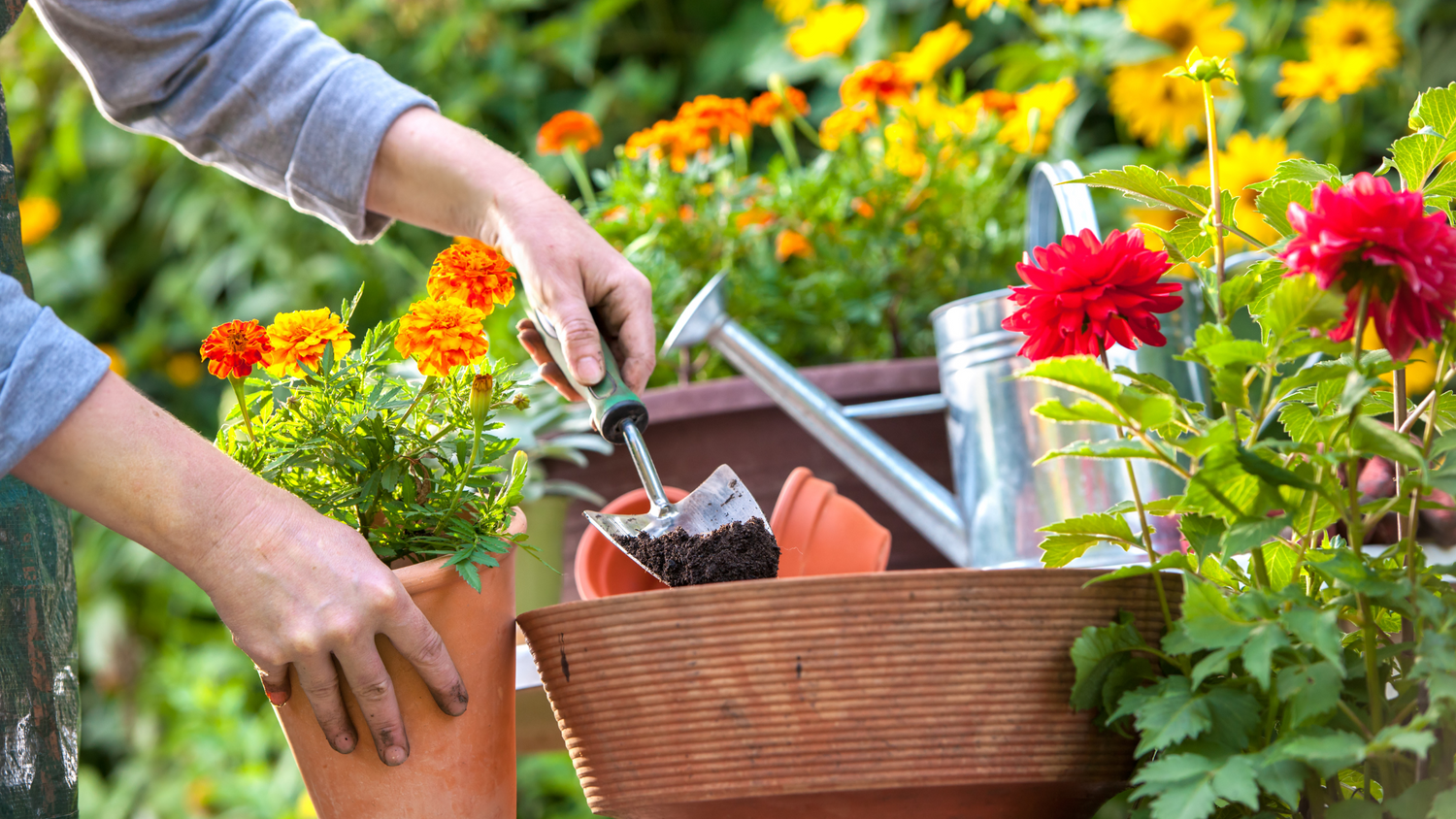Creating and maintaining a garden is a fulfilling hobby with tangible rewards. To elevate your gardening game, it’s essential to delve into strategies that optimize plant health, space utilization, and productivity. Here, we explore 14 innovative gardening tips in greater depth, offering insights and practical advice to enrich your gardening journey.
1. Start with Great Soil
The cornerstone of a thriving garden is soil health. Begin by incorporating organic matter into your soil through composting. You can compost kitchen scraps like fruit and vegetable peels, coffee grounds, eggshells, and certain paper types. Layer these "greens" with "browns" such as dried leaves, straw, or shredded paper in a dedicated bin or pile. Over time, these materials decompose, creating black gold for your garden.
Soil testing is another critical step, revealing your soil's pH and nutrient levels. You can either purchase a soil test kit or seek the services of a local extension office. With this information, you can tailor your soil amendments to your garden’s needs, ensuring your plants have a robust foundation.
2. Choose the Right Plants
Selecting the right plants is not just about aesthetics; it’s about understanding the environment they will thrive in—research plants' sunlight, water, and soil preferences before selecting. Consider native plants as they tend to be more resilient and lower maintenance, providing habitats for local wildlife and contributing to biodiversity.
When planning your garden, also consider your plants' maturity size to avoid overcrowding. This foresight supports healthy plant development and reduces disease susceptibility.
3. Utilize Vertical Space
Vertical gardening is a creative solution for space constraints. By growing upwards, you can increase yield and diversify your crops. Structures like trellises, arbors, and vertical planter walls can be decorative and functional. When choosing plants for vertical growth, consider their climbing mechanism—some may require tying, while others naturally cling or twine.
Vertical elements also add visual interest to your garden, creating an engaging landscape that invites exploration and enjoyment.
4. Water Wisely
Effective watering goes beyond keeping your plants alive; it promotes robust health. Aim for early morning watering to minimize evaporation and allow foliage to dry, reducing disease risk. Soaker hoses and drip irrigation systems offer efficient watering solutions, delivering moisture directly to the soil and roots where it’s needed most.
Understanding the specific water needs of your plants is crucial. Some plants thrive with deep, infrequent watering, encouraging deep root growth, while others need more consistent moisture.
5. Mulch Matters
Mulch is a gardener’s best friend. It conserves soil moisture and suppresses weeds while enhancing soil quality as it breaks down. Organic mulches integrate seamlessly into the garden ecosystem, slowly releasing nutrients into the soil.
Apply a 2-3 inch layer of mulch around your plants, taking care not to pile it directly against stems or trunks. This practice will protect your plants from extreme temperatures and keep your garden tidy.
6. Embrace Companion Planting
Companion planting is the strategic placement of plants for mutual benefit. It’s a natural way to enhance plant growth, deter pests, and attract beneficial insects. For example, planting carrots with onions can help repel carrot flies.
Research companion planting combinations relevant to your garden and experiment. This approach not only optimizes space but can also lead to healthier plants and higher yields.
7. Practice Succession Planting
Succession planting ensures a continuous supply of produce throughout the growing season. This strategy can be implemented in several ways: replanting a second crop after the first has been harvested, staggering plantings of the same crop at intervals, or interplanting quick-growing crops between slower ones.
This method requires planning and understanding crop maturity times but results in a more productive and dynamic garden space.
8. Attract Beneficial Insects

Beneficial insects play crucial roles in pollination and natural pest control. Creating a garden that attracts these allies involves planting a diverse array of flowering plants that bloom at different times of the year, ensuring a steady supply of nectar and pollen.
Incorporate plants with umbel-shaped flowers, such as dill and fennel, and composite flowers, like zinnias and sunflowers, to attract a wide range of beneficial insects.
9. Create a Potting Station
A potting station provides a convenient and organized space for all your gardening activities, from sowing seeds to potting up plants. Equipping your station with essentials like potting mix, pots, tools, and labels keeps everything within reach and makes garden tasks more efficient and enjoyable.
Consider repurposing an old table or desk and add shelves or hooks for additional storage. A well-organized potting station can make gardening activities more streamlined and less messy.
10. Use Natural Pest Control
Managing pests naturally involves a combination of strategies, including physical barriers, such as nets and row covers, and biological controls, like introducing predatory insects. Planting various species can also reduce the spread of pests and diseases.
Before acting, identify the pest and assess the level of damage. Often, a balanced ecosystem will manage minor infestations, emphasizing the importance of diversity in your garden.
11. Collect Rainwater
Rainwater harvesting is a sustainable way to water your garden. Rainwater is free of chlorine, lime, and other chemicals found in tap water and is slightly acidic, which many plants prefer. Set up a rain barrel with a diverter on your downspouts to collect rainwater from your roof.
Using stored rainwater conserves municipal water and can lead to healthier plants and reduced water bills.
12. Label Everything
Detailed labeling prevents confusion and helps you track the performance of different plant varieties. Use durable labels and weatherproof markers to resist fading and weathering. Including planting dates, variety names, and special care instructions on your labels can provide valuable information at a glance.
Creative labeling can also add a personalized touch to your garden, making it uniquely yours.
13. Experiment with Containers
Container gardening expands your possibilities, allowing you to grow plants in places where traditional gardens might not be feasible. Nearly anything can become a container garden, from traditional pots to repurposed items like barrels, buckets, and even old furniture.
Consider the specific needs of the plants you’re growing in containers, as they may require more frequent watering and feeding than ground-planted counterparts.
14. Keep a Garden Journal
A detailed garden journal is a powerful tool for reflection and planning. Record not just what and when you plant but also weather patterns, pest issues, successes, and failures. This personalized record becomes more valuable, helping you anticipate challenges and replicate successes.
Your journal can also be a creative outlet, a place for sketches, photos, and reflections on your gardening experiences.
Final Thoughts
These 14 gardening tips offer a blend of traditional wisdom and innovative practices to enhance your garden's beauty and bounty. Gardening is a constantly evolving pursuit, shaped by the seasons and life cycles. By incorporating these strategies, you improve your garden’s health and productivity and deepen your connection to the natural world, creating a space that nurtures both body and soul. Happy gardening!





Leave a comment
This site is protected by hCaptcha and the hCaptcha Privacy Policy and Terms of Service apply.